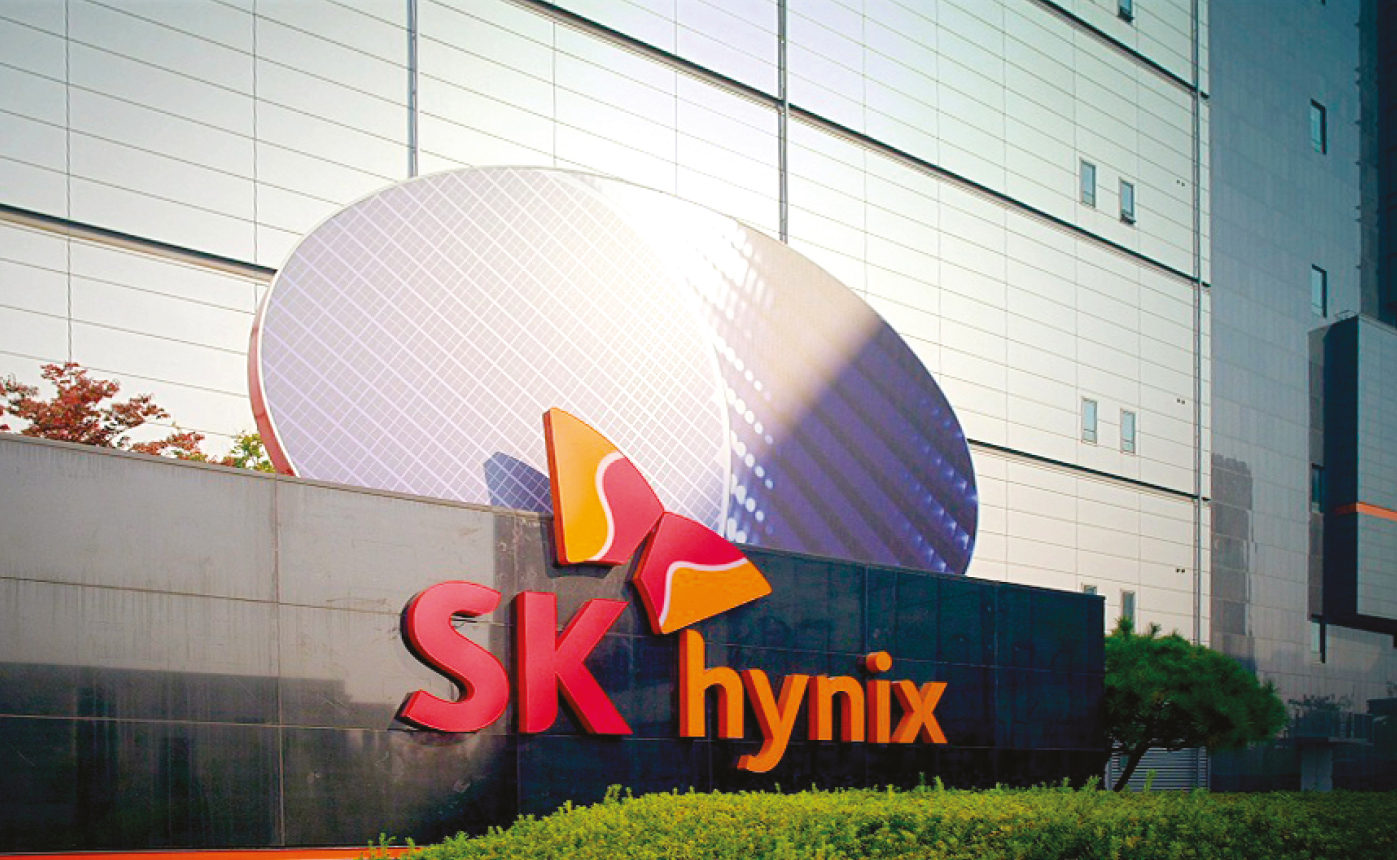Share This Article
SK Group to invest USD 75bn by 2028
Korean giant SK Group has announced an investment of USD 75 billion. The funds will increase chip production and flow to SK Hynix in instalments until 2028.
Chaebol’s semiconductor business operates through a subsidiary of SK Hynix. According to official information, about 80% of the said amount will expand the production of memory chips. These are high-bandwidth chips designed for training AI models. These HBM series chips are integrated to work with Nvidia’s accelerators.
Business development plans
The investment in SK Hynix is part of a strategy to grow Korea’s second-largest company. CEO Chae Dae-won and top managers have held lengthy discussions on the next steps in the transformation. As a result, management has emphasised some key points:
- increasing profitability to 80 trillion won by 2026;
- generating funds through the optimisation of business operations;
- gaining free cash flow of 30 trillion won within three years;
- achieving a financial condition where total debt does not exceed equity.
According to Won, such efforts will strengthen the group’s global status. This is especially important in light of last year’s profit decline. In 2023, the group’s profitability fell by 10 trillion won. The company has targeted increasing profits to 40 trillion won by 2026.
It is worth noting that this is the first time SK has revealed its investment plans for several years ahead. At the same time, the most significant investment is the financing of SK Hynix. The latter received USD 3.9 billion to build an Indiana plant and research centre. The facilities will work on manufacturing products for the AI sector.

Chaebol business overview
SK Group is the second-largest company in Korea and one of the world’s largest companies. The conglomerate grew from a family-owned textile business that began operations in 1953. Production gradually expanded and required large supplies of raw materials. A subsidiary company came into existence to cover the need for synthetic fabrics. So, the business rolled out a chemical division.
One thousand nine hundred seventy-three, the oil division appeared, and a little later – the construction division. In 1991, a telecommunications company entered the structure. Today, it is the country’s leader in mobile communications.
SK has around 40 subsidiaries in various market sectors. The conglomerate operates in several countries around the world, with China as its priority market. In addition to production facilities, SK has research centres. The largest of these are involved in electronics and high-tech development.

